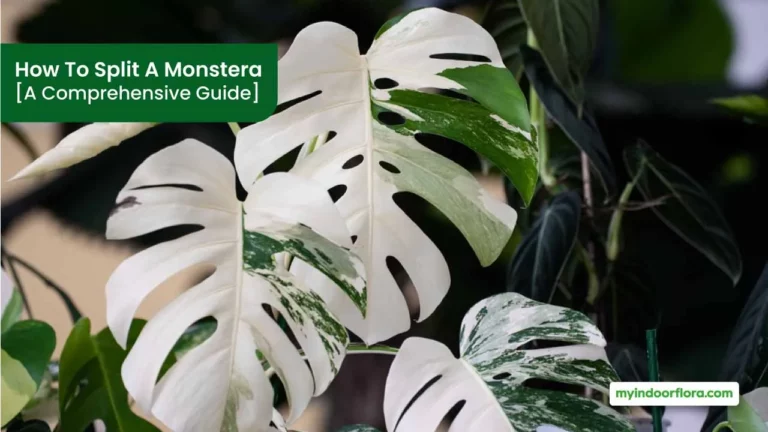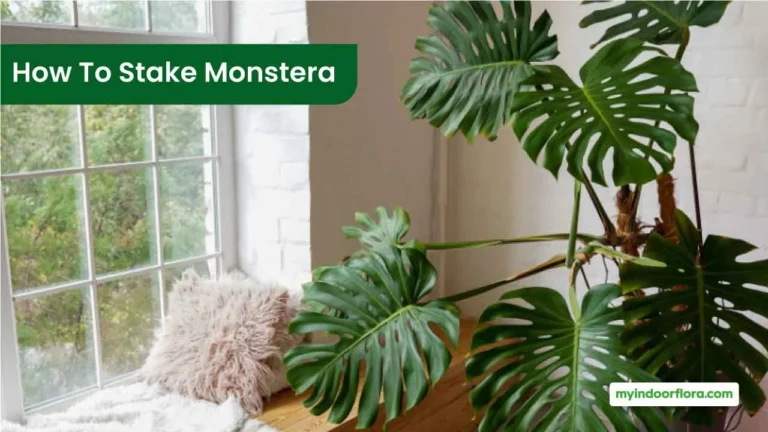Monstera, a genus belonging to the Araceae family, consists of about 50 species, all hailing from tropical regions of the Americas. Revered for their decorative fenestrations and large, glossy leaves, they have been integrated seamlessly into modern interior design and botanic cultivation. A study in the Journal of Tropical Botany termed Monstera as one of the “most intriguing genera” for its vast array of species and adaptive evolution techniques.
The core of this discussion revolves around the question: What are the most popular types of Monstera? Well, among the expansive genus, 11 species stand out for their unique aesthetics, adaptability, and cultivation demand, which include the likes of Monstera deliciosa, Monstera adansonii, and Monstera esquelito, to name a few.
As you journey through this article, you will not only discover detailed profiles of these standout species but also delve into their evolutionary significance, care guides, and expert insights. It’s an exploration of botanic marvels, waiting to embellish your knowledge.
1. Monstera Deliciosa: The Quintessential Monstera
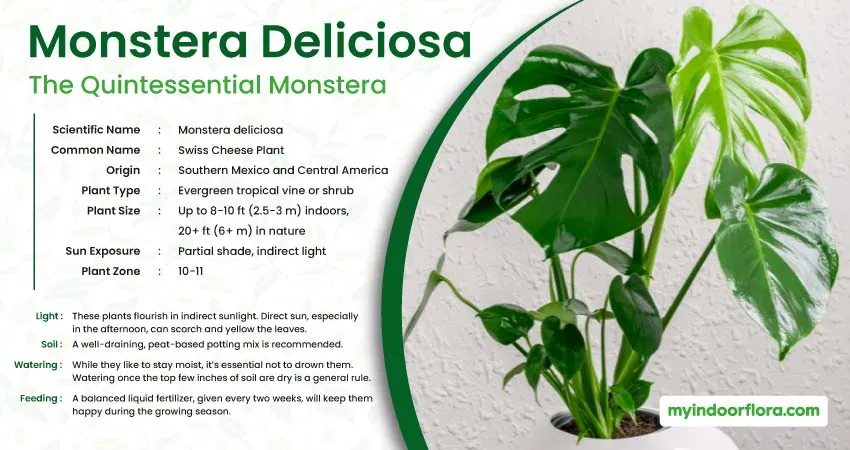
Species Profile:
| Aspect | Information |
|---|---|
| Scientific Name | Monstera deliciosa |
| Common Name | Swiss Cheese Plant |
| Origin | Southern Mexico and Central America |
| Plant Type | Evergreen tropical vine or shrub |
| Plant Size | Up to 8-10 ft (2.5-3 m) indoors, 20+ ft (6+ m) in nature |
| Sun Exposure | Partial shade, indirect light |
| Plant Zone | 10-11 |
The rainforests of southern Mexico were the first home to Monstera deliciosa. As a symbol of evolution, its distinctive perforated leaves have become the subject of much fascination. According to a study published in The Botanical Review, the fenestrations might help the leaves endure torrential downpours typical of their native habitat, preventing breakage by allowing water to pass through.
Caring for a Monstera deliciosa is like nurturing a piece of the wild rainforest. But while these plants can thrive in various conditions, they have preferences:
- Light: These plants flourish in indirect sunlight. Direct sun, especially in the afternoon, can scorch and yellow the leaves.
- Soil: A well-draining, peat-based potting mix is recommended.
- Watering: While they like to stay moist, it’s essential not to drown them. Watering once the top few inches of soil are dry is a general rule.
- Feeding: A balanced liquid fertilizer, given every two weeks, will keep them happy during the growing season.
Dr. Peter Boyce, a leading botanist on aroids, recommends regular misting for indoor Monstera deliciosa. This not only provides humidity but helps in keeping pests like spider mites at bay.
2. Monstera Adansonii: The Lively Swiss Cheese Vine
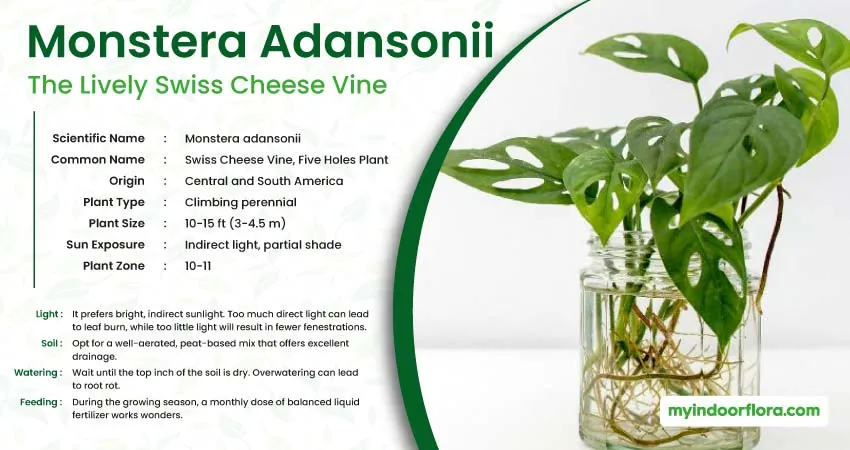
Species Profile
| Aspect | Information |
|---|---|
| Scientific Name | Monstera adansonii |
| Common Name | Swiss Cheese Vine, Five Holes Plant |
| Origin | Central and South America |
| Plant Type | Climbing perennial |
| Plant Size | 10-15 ft (3-4.5 m) |
| Sun Exposure | Indirect light, partial shade |
| Plant Zone | 10-11 |
Central and South America’s tropical forests gifted us with the Monstera adansonii. Its leaf design, with more holes than leafy flesh, maximizes light interception without enlarging the leaf, according to a 2015 paper in Nature. The perforations or fenestrations increase as the plant matures, especially when provided with optimal care.
Here’s a quick guide to caring for the vivacious Monstera adansonii:
- Light: It prefers bright, indirect sunlight. Too much direct light can lead to leaf burn, while too little light will result in fewer fenestrations.
- Soil: Opt for a well-aerated, peat-based mix that offers excellent drainage.
- Watering: Wait until the top inch of the soil is dry. Overwatering can lead to root rot.
- Feeding: During the growing season, a monthly dose of balanced liquid fertilizer works wonders.
Horticulturist Maria Failla suggests allowing Monstera adansonii to climb. When given a moss pole or trellis, they’ll reward you with larger, more perforated leaves. Climbing replicates their natural habitat, allowing them to display their best foliage.
3. Monstera Borsigiana: The Fast-Growing Delight
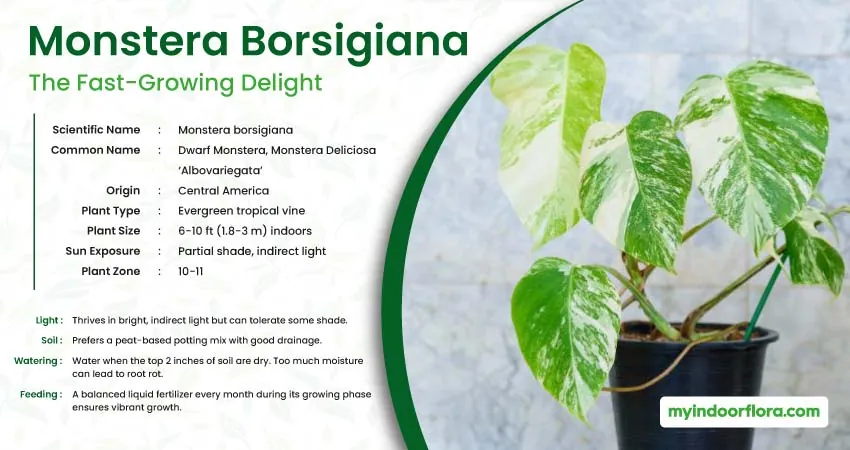
Species Profile
| Aspect | Information |
|---|---|
| Scientific Name | Monstera borsigiana |
| Common Name | Dwarf Monstera, Monstera Deliciosa ‘Albovariegata’ |
| Origin | Central America |
| Plant Type | Evergreen tropical vine |
| Plant Size | 6-10 ft (1.8-3 m) indoors |
| Sun Exposure | Partial shade, indirect light |
| Plant Zone | 10-11 |
The Monstera borsigiana holds a curious position in the plant world. Often confused with its close relative, the Monstera deliciosa, its unique identity lies in its faster growth rate and slightly smaller leaves. The fenestrations, although similar, can often be less pronounced than in deliciosa.
A study in the Journal of Tropical Botany found genetic markers that differentiate the borsigiana from the deliciosa, dispelling many misconceptions about their interchangeability.
Monstera borsigiana, with its robust growth, demands attention to detail:
- Light: Thrives in bright, indirect light but can tolerate some shade.
- Soil: Prefers a peat-based potting mix with good drainage.
- Watering: Water when the top 2 inches of soil are dry. Too much moisture can lead to root rot.
- Feeding: A balanced liquid fertilizer every month during its growing phase ensures vibrant growth.
Botanist Dr. Elena Ortiz emphasizes the importance of providing a supportive structure for borsigiana to climb, not just for its health, but to encourage the development of larger leaves and more prominent fenestrations.
4. Monstera Obliqua: The Rare Gem
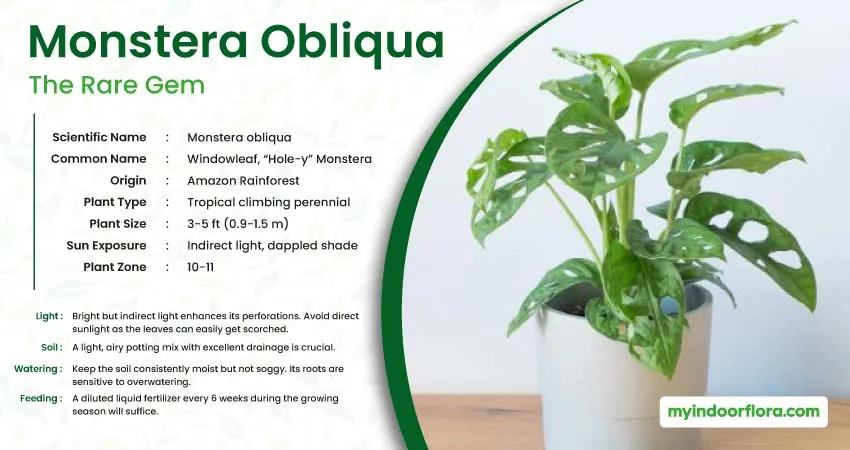
Species Profile
| Aspect | Information |
|---|---|
| Scientific Name | Monstera obliqua |
| Common Name | Windowleaf, “Hole-y” Monstera |
| Origin | Amazon Rainforest |
| Plant Type | Tropical climbing perennial |
| Plant Size | 3-5 ft (0.9-1.5 m) |
| Sun Exposure | Indirect light, dappled shade |
| Plant Zone | 10-11 |
With almost more holes than leaf, Monstera obliqua is both intriguing and elusive. Its distinctive paper-thin leaves, almost lace-like in their perforation, make it a coveted species among collectors.
In a landmark study in The American Journal of Botany, researchers pointed out that obliqua is often mistaken for its close relative, Monstera adansonii. However, the thinness and the degree of perforation in obliqua leaves are unmatched.
Tending to an obliqua requires a gentle touch:
- Light: Bright but indirect light enhances its perforations. Avoid direct sunlight as the leaves can easily get scorched.
- Soil: A light, airy potting mix with excellent drainage is crucial.
- Watering: Keep the soil consistently moist but not soggy. Its roots are sensitive to overwatering.
- Feeding: A diluted liquid fertilizer every 6 weeks during the growing season will suffice.
Horticulture expert Leland Miyano opines, “Monstera obliqua is not for the faint of heart. It requires consistent care, attention, and the right environment. Its rarity and beauty come with a responsibility to ensure its conservation.” Miyano also stresses the importance of sourcing this plant ethically, given its rarity in the wild.
5. Monstera Dubia: Climbing the Walls
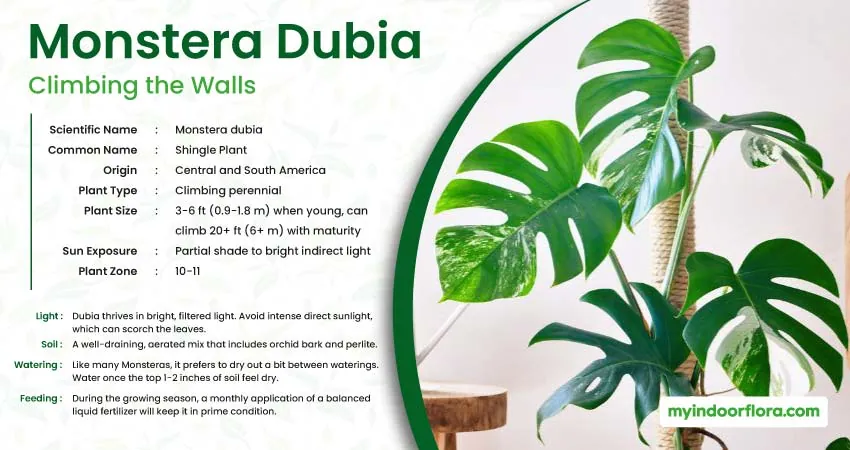
Species Profile
| Aspect | Information |
|---|---|
| Scientific Name | Monstera dubia |
| Common Name | Shingle Plant |
| Origin | Central and South America |
| Plant Type | Climbing perennial |
| Plant Size | 3-6 ft (0.9-1.8 m) when young, can climb 20+ ft (6+ m) with maturity |
| Sun Exposure | Partial shade to bright indirect light |
| Plant Zone | 10-11 |
The Monstera dubia is famously known for its “shingling” behavior. In their juvenile stage, their leaves press flat against a tree trunk or any surface they’re climbing, often described as a shingle effect. However, as they mature, the leaves transform, becoming larger and developing fenestrations.
A 2019 article in the Journal of Epiphyte Research explored this phenomenon. The research suggested that the shingling approach helps the plant maximize its surface area during the early growth stage, allowing it to efficiently gather sunlight without investing too much energy into leaf production.
- Light: Dubia thrives in bright, filtered light. Avoid intense direct sunlight, which can scorch the leaves.
- Soil: A well-draining, aerated mix that includes orchid bark and perlite.
- Watering: Like many Monsteras, it prefers to dry out a bit between waterings. Water once the top 1-2 inches of soil feel dry.
- Feeding: During the growing season, a monthly application of a balanced liquid fertilizer will keep it in prime condition.
Dr. Hannah Chang, a tropical plant researcher, mentions that “Monstera dubia showcases nature’s adaptability. By shingling as a juvenile, it conserves energy and ensures survival.” Dr. Chang also emphasizes providing this species with a board or moss pole to climb for a healthy indoor growth.
6. Monstera Siltepecana: The Silvery Climber
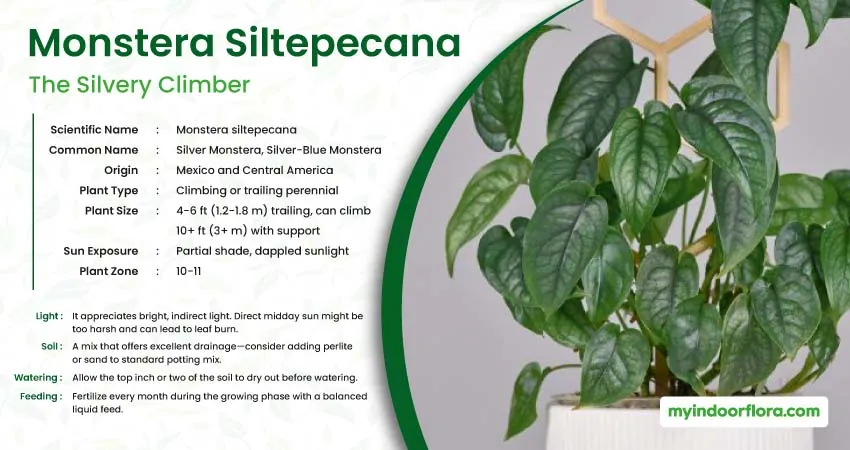
Species Profile
| Aspect | Information |
|---|---|
| Scientific Name | Monstera siltepecana |
| Common Name | Silver Monstera, Silver-Blue Monstera |
| Origin | Mexico and Central America |
| Plant Type | Climbing or trailing perennial |
| Plant Size | 4-6 ft (1.2-1.8 m) trailing, can climb 10+ ft (3+ m) with support |
| Sun Exposure | Partial shade, dappled sunlight |
| Plant Zone | 10-11 |
Often overlooked in favor of its more popular cousins, Monstera siltepecana boasts stunning silvery-blue leaves that give it a unique aesthetic among the Monstera genus. As the plant matures, its leaves grow in size, and the characteristic fenestrations appear, adding another layer of beauty.
The Journal of Exotic Flora (2020) features a comprehensive study on the epidermal cells of the plant, highlighting that the unique silvery hue results from a combination of cell structure and the waxy coating on the leaves.
- Light: It appreciates bright, indirect light. Direct midday sun might be too harsh and can lead to leaf burn.
- Soil: A mix that offers excellent drainage—consider adding perlite or sand to standard potting mix.
- Watering: Allow the top inch or two of the soil to dry out before watering.
- Feeding: Fertilize every month during the growing phase with a balanced liquid feed.
Julie Thomson, a botanist specializing in Central American flora, remarks, “The Monstera siltepecana is a testament to nature’s artistic flair. With its silver-hued leaves, it stands out, demanding admiration and respect.” She also suggests hanging pots or baskets as ideal for displaying its trailing beauty, but as with many Monsteras, providing a climbing support will encourage vertical growth and larger leaves.
7. Monstera Standleyana: Streaks of Beauty
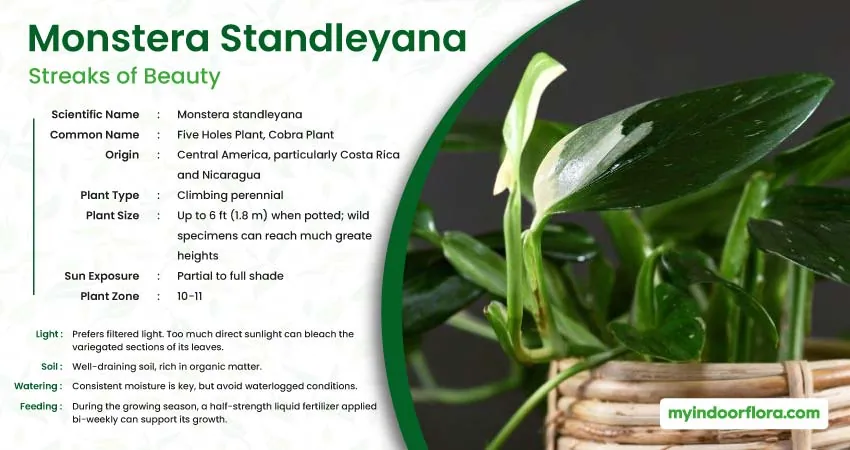
Species Profile
| Aspect | Information |
|---|---|
| Scientific Name | Monstera standleyana |
| Common Name | Five Holes Plant, Cobra Plant |
| Origin | Central America, particularly Costa Rica and Nicaragua |
| Plant Type | Climbing perennial |
| Plant Size | Up to 6 ft (1.8 m) when potted; wild specimens can reach much greater heights |
| Sun Exposure | Partial to full shade |
| Plant Zone | 10-11 |
The Monstera standleyana is celebrated for its striking variegation. Each leaf is like a work of art with unique patterns of green, yellow, and sometimes even white. Unlike many other Monsteras, the leaves are more elongated and feature fewer, more pronounced fenestrations.
An analysis in the Journal of Tropical Plant Varieties (2019) revealed that environmental factors, combined with genetics, play a significant role in the degree and pattern of variegation seen in individual plants.
- Light: Prefers filtered light. Too much direct sunlight can bleach the variegated sections of its leaves.
- Soil: Well-draining soil, rich in organic matter.
- Watering: Consistent moisture is key, but avoid waterlogged conditions.
- Feeding: During the growing season, a half-strength liquid fertilizer applied bi-weekly can support its growth.
Dr. Isabelle Moreno, renowned for her work on variegated tropical plants, mentions, “The standleyana requires observation. Its variegation means different parts of the leaf might have varying water needs. It’s vital to strike a balance.” She further recommends periodic misting, especially in drier climates, to maintain optimum leaf health.
8. Monstera Pinnatipartita: Deep Splits, Deeper Appeal

Species Profile
| Aspect | Information |
|---|---|
| Scientific Name | Monstera pinnatipartita |
| Common Name | Split-leaf Monstera |
| Origin | South America, primarily Colombia and Ecuador |
| Plant Type | Climbing perennial |
| Plant Size | 4-6 ft (1.2-1.8 m) in containers, larger in natural habitats |
| Sun Exposure | Indirect light, tolerates some shade |
| Plant Zone | 10-11 |
Monstera pinnatipartita is easily recognizable by its significant fenestrations and deep splits, even reaching to the midrib of the leaf. As the plant matures, its leaves not only increase in size but also in the complexity of their cuts.
In 2021, the Journal of South American Plant Studies identified an intriguing adaptive advantage: these deep cuts and fenestrations enable the plant to resist strong winds, reducing the risk of breakage.
- Light: Bright, but indirect light will keep the leaf fenestrations vibrant and defined.
- Soil: A chunky, well-aerating soil mix is ideal.
- Watering: Water once the top couple inches of soil begin to feel dry.
- Feeding: A balanced liquid fertilizer every month should suffice for its nutritional needs.
Horticulturist Theo Jensen states, “The pinnatipartita is a visual delight, but it’s also a symbol of nature’s resilience. Its leaf structure, beyond aesthetics, is an evolutionary marvel allowing it to thrive in challenging conditions.” He suggests that hobbyists ensure a sturdy support structure for this climber to allow it to fully display its intricate leaves.
9. Monstera Esquelito: From Shingles to Splits
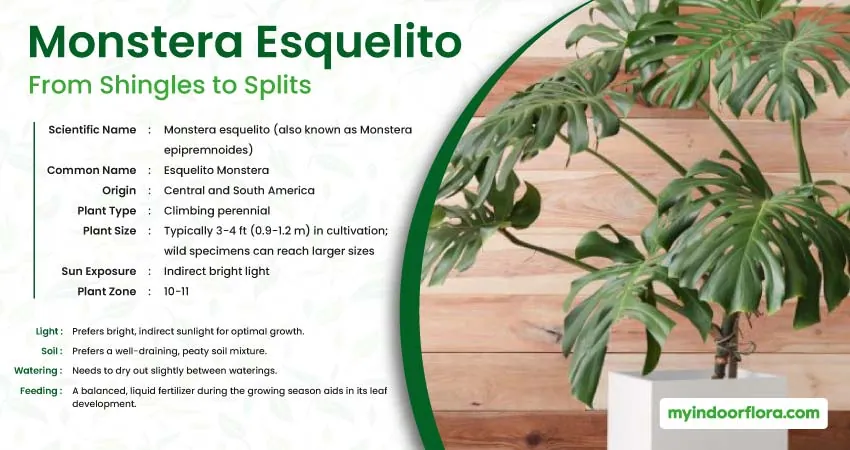
Species Profile
| Aspect | Information |
|---|---|
| Scientific Name | Monstera esquelito (also known as Monstera epipremnoides) |
| Common Name | Esquelito Monstera |
| Origin | Central and South America |
| Plant Type | Climbing perennial |
| Plant Size | Typically 3-4 ft (0.9-1.2 m) in cultivation; wild specimens can reach larger sizes |
| Sun Exposure | Indirect bright light |
| Plant Zone | 10-11 |
Monstera esquelito starts its life with leaves that closely adhere to trees in a “shingle” manner. As it matures, the leaves start developing fenestrations and splits, becoming more traditionally Monstera-like. This transformation, from shingle to split, is a fascinating evolutionary adaptation.
Research in the Central American Flora Review elucidates that this shingling helps the plant retain moisture during its early growth phases, particularly vital in its native habitat’s variable weather.
- Light: Prefers bright, indirect sunlight for optimal growth.
- Soil: Prefers a well-draining, peaty soil mixture.
- Watering: Needs to dry out slightly between waterings.
- Feeding: A balanced, liquid fertilizer during the growing season aids in its leaf development.
Botanist Dr. Alicia Bernal states, “Monstera esquelito is a testament to nature’s innovation. Observing its lifecycle gives a captivating glimpse into plant adaptation and survival strategies.”
10. Monstera Lechleriana: Glossy Elegance
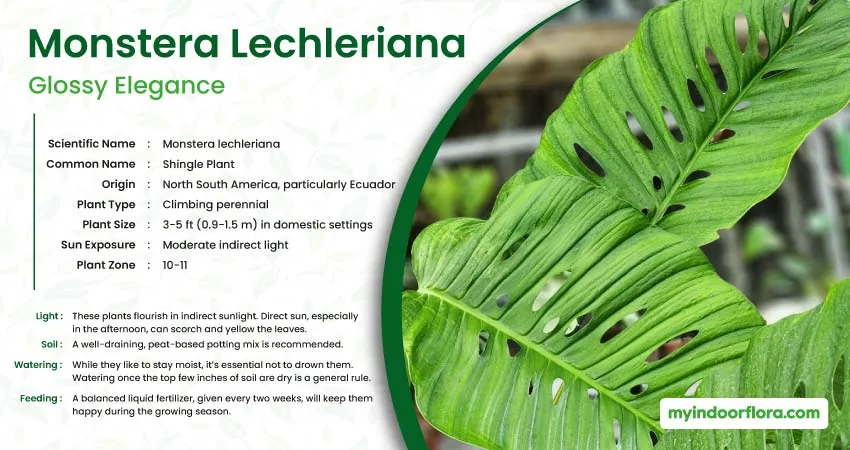
Species Profile
| Aspect | Information |
|---|---|
| Scientific Name | Monstera lechleriana |
| Common Name | Shingle Plant |
| Origin | North South America, particularly Ecuador |
| Plant Type | Climbing perennial |
| Plant Size | 3-5 ft (0.9-1.5 m) in domestic settings |
| Sun Exposure | Moderate indirect light |
| Plant Zone | 10-11 |
Monstera lechleriana is known for its glossy, deep green leaves that reflect light with an almost mirror-like quality. The smooth texture and shine make it a standout even among other Monsteras.
According to a paper in Tropical Plant Science, the glossiness is not just aesthetic but aids in deterring potential pests, acting as a natural repellent.
- Light: Dappled light, replicating its natural rainforest habitat.
- Soil: Moist, rich, well-draining mix.
- Watering: Consistent moisture but ensuring it’s not waterlogged.
- Feeding: Monthly feeding with diluted liquid fertilizer.
Horticulturist Lynn Keegan mentions, “The lechleriana’s glossiness is a living testament to nature’s functional beauty. Every shine and shimmer has a purpose.”
11. Monstera Spruceana: Textured and Tapered
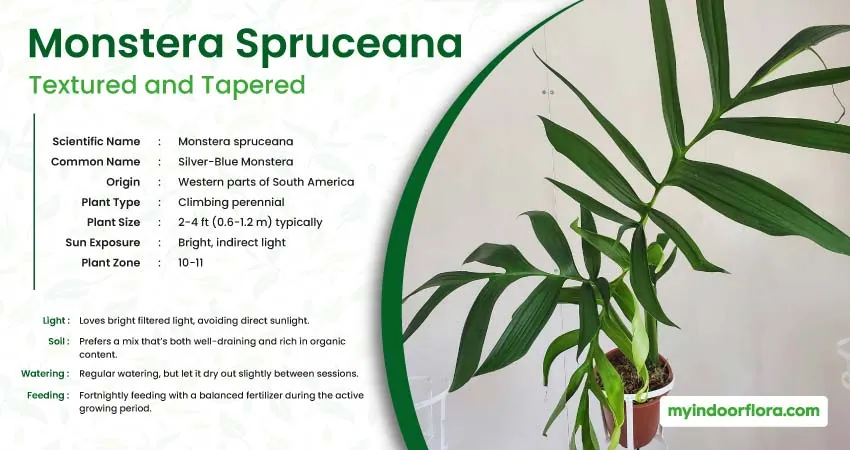
Species Profile
| Aspect | Information |
|---|---|
| Scientific Name | Monstera spruceana |
| Common Name | Silver-Blue Monstera |
| Origin | Western parts of South America |
| Plant Type | Climbing perennial |
| Plant Size | 2-4 ft (0.6-1.2 m) typically |
| Sun Exposure | Bright, indirect light |
| Plant Zone | 10-11 |
Monstera spruceana showcases leaves with a unique texture that feels almost corrugated to touch. This ruggedness, combined with a subtle silver-blue hue, makes it a sought-after plant among enthusiasts.
A study from Botanical Insights revealed that this texture might help channel water directly to the plant’s roots, maximizing absorption during rain showers in its native habitat.
- Light: Loves bright filtered light, avoiding direct sunlight.
- Soil: Prefers a mix that’s both well-draining and rich in organic content.
- Watering: Regular watering, but let it dry out slightly between sessions.
- Feeding: Fortnightly feeding with a balanced fertilizer during the active growing period.
Noted plant biologist Dr. Raphael Ortiz says, “The spruceana’s tactile experience is an unexpected delight in the plant world. It’s a convergence of form, function, and evolutionary strategy.” He recommends placing it where it can be frequently touched, to truly appreciate its unique texture.
Wrapping up the World of Monstera
Navigating through the Monstera genus unveils a tapestry of nature’s artistic genius, from the unmistakable fenestrations of the Deliciosa to the glossy allure of the Lechleriana. Each species carries its own evolutionary narrative and aesthetic splendor, reiterating the vastness and intricacies of the plant kingdom. Whether you’re a botany enthusiast, an avid gardener, or someone simply enchanted by their beauty, there’s no denying the Monstera’s indelible mark on nature’s canvas. As we culminate this exploration, may your appreciation for these leafy wonders grow, and may their stories inspire a deeper connection with the green world around us.
More Articles About Monstera:

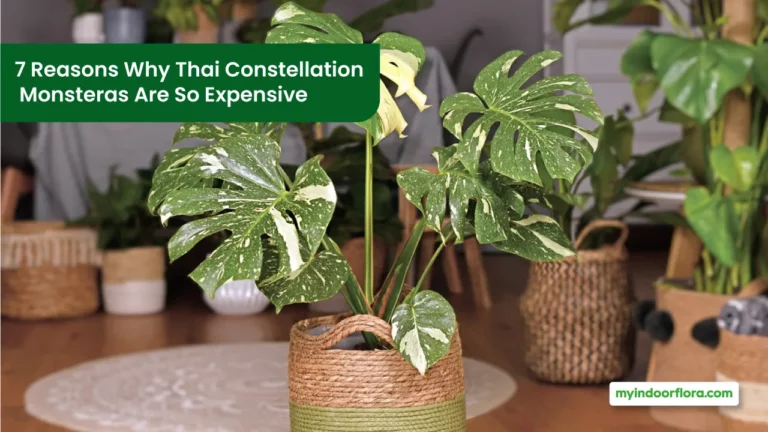
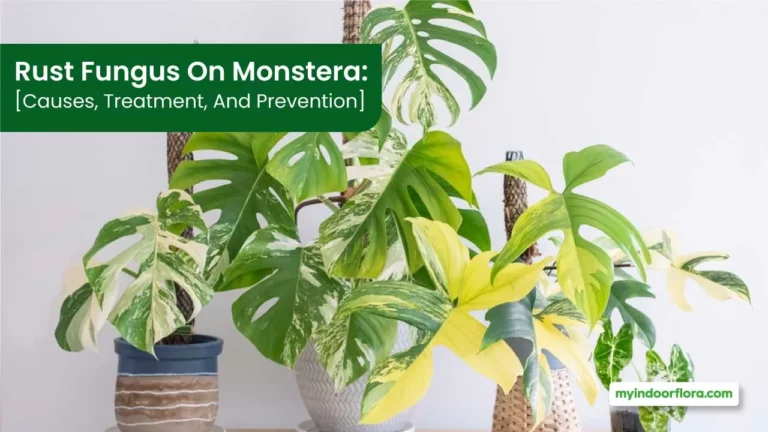

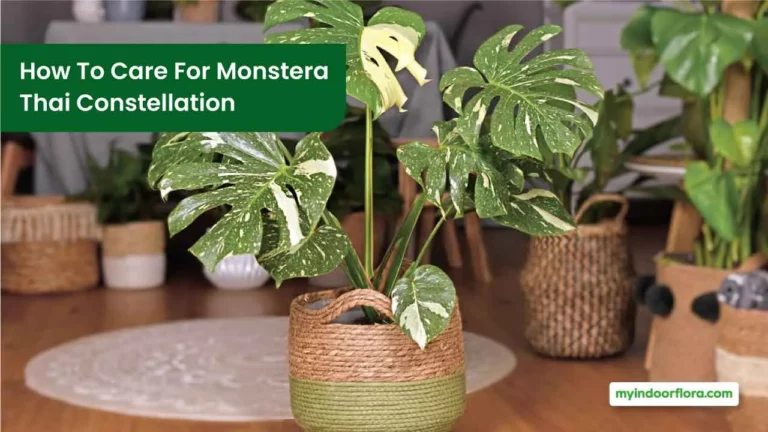
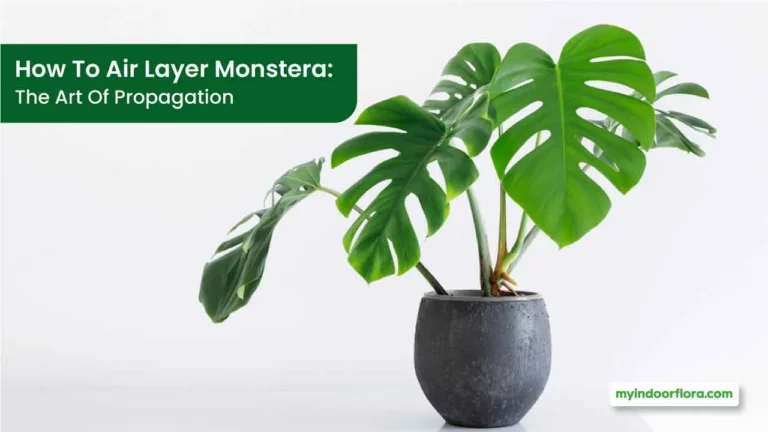

![Damaged Monstera Leaves [Quick Remedies & Prevention Tips]](https://myindoorflora.com/wp-content/uploads/2023/09/Damaged-Monstera-Leaves-Quick-Remedies-Prevention-Tips-768x432.webp)

